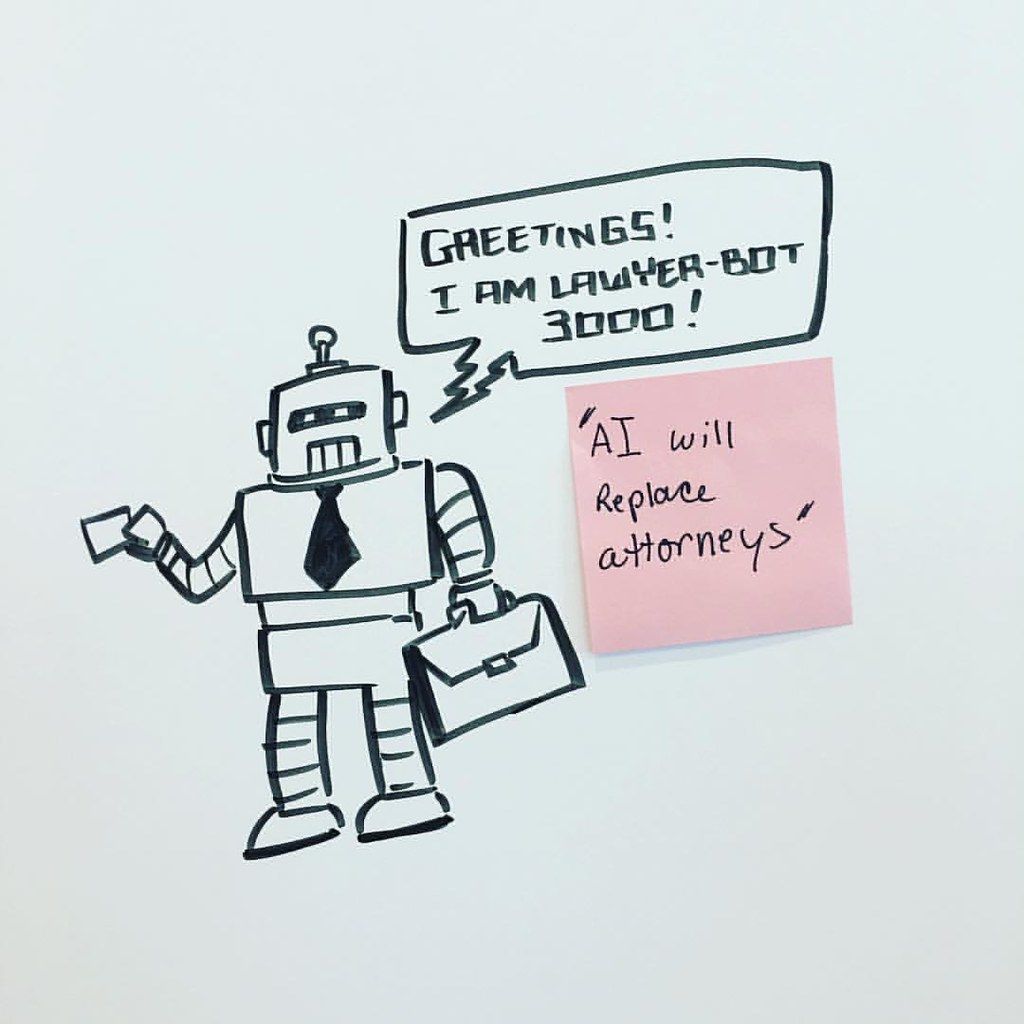Is embedded supervision the future of regulation?
Embedded supervision is a method of using decentralized finance and distributed ledger technology (DLT) to effectively oversee financial markets.

Embedded supervision is a method of using decentralized finance and distributed ledger technology (DLT) to effectively oversee financial markets. The basic idea is that regulators and supervisors should be able to utilize the trust-creating mechanism of decentralized markets for regulatory purposes as well. This is different from other forms of "suptech" or "regtech," which use machine learning or artificial intelligence to monitor the financial industry more efficiently.
One key principle of embedded supervision is to rely on the economic incentives of decentralized markets to assure the quality of data in the distributed ledger. In traditional compliance processes, data trustworthiness is typically guaranteed by the legal system and relevant authorities, as well as the threat of legal penalties. However, in DLT-based markets, the credibility of data is assured through economic incentives. This means that regulators and supervisors must consider the conditions under which the market's economic consensus is strong enough to guarantee the quality of the data in the distributed ledger.
This presents a major legal challenge for legislators, regulators, and global standard-setting bodies. The challenge goes beyond current debates about whether cryptocurrencies should be classified as commodities, securities, or other asset classes. Instead, it involves figuring out how to incorporate the concept of economic finality into today's legal system, as well as determining how to treat such assets on balance sheets. In most jurisdictions, a single, regulated clearing and settlement provider is required to verify that an irreversible transfer of ownership has occurred. However, DLT achieves this transfer through economic incentives rather than the authority of a central institution. Therefore, in order for DLT to gain traction in regulated finance, the principles of finality that underlie the regulation and supervision of financial market infrastructures must be modified to recognize decentralized exchange.
In addition to this, regulators and supervisors would also need to design rules regarding the assignment of responsibility in decentralized markets in the event of illegal activity. For example, if a fraud were to occur in a decentralized market, who would be responsible for addressing it? This is just one of the many questions that regulators and supervisors would need to consider when implementing embedded supervision.
To effectively utilize embedded supervision, regulators would need to develop a strong understanding of technology and be willing to adapt their operational approach to the technology being developed by the financial sector. Many supervisors around the world are open to this possibility and some have already begun to explore it. For example, the Financial Stability Oversight Council in the United States has established a working group to study the use of DLT in the financial industry and consider its potential impacts on financial stability. Similarly, the Bank of England has established a research group to explore the potential use of DLT in central banking.
Reduce your
compliance risks

